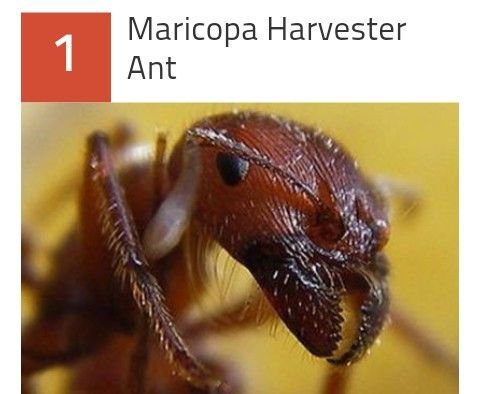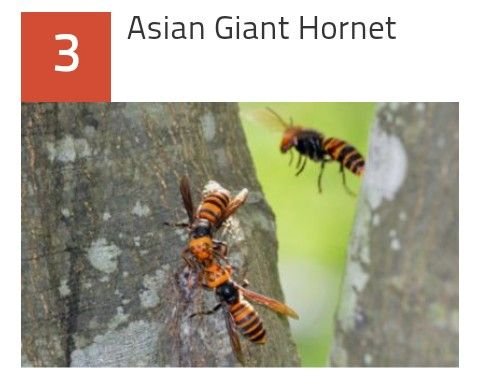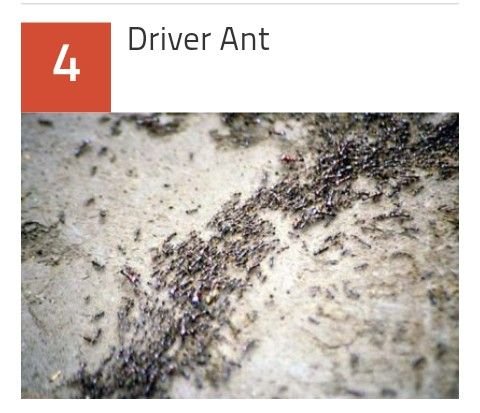The most venomous insect in the world is the Maricopa harvester ant. They contain the most toxic venom, which is made up of amino acids, peptides, and proteins. The ant attacks its prey by latching onto the victim with its pinchers and injecting the venom as many times as possible before being dislodged.The venom is 12 times more powerful than that of a honeybee. It only takes 12 stings to a kill a rat, and it would take around 350 stings to kill a human being. That sounds like a lot of stings, but it would add up quickly if you were attacked by many of them at once.When a Maricopa harvester ant stings its victim, it releases pheromones that signal other ants in the colony to join the attack. The pain from the sting is also measured as one of the more painful on the Schmidt Sting Pain Index, coming in at a Level 3 (just one below the highest).The Maricopa harvester ant can cause anywhere from four to eight hours of pain after stinging its victim. They spend most of their lives in desert areas and are most commonly found in Arizona
The puss caterpillar has a unique appearance, looking much like a toupee. This small caterpillar looks cute and fun to touch, but it would be a bad decision to do so. It is currently known as the most venomous caterpillar in the United States and can cause excruciating pain.The sting of the puss caterpillar can cause throbbing pain, burning, rash, swelling, nausea, abdominal pain, headaches, and shock. Treatment includes washing the skin with soap and water, applying cooling packs, and putting tape on the area and pulling it off to rip out any embedded hairs. These creatures received their name from their resemblance to a house cat. They appear to be soft, but they actually have toxic spines that can stick in your skin. They have a teardrop shape and are usually yellow, gray, or reddish brown.This caterpillar is mostly found in Florida but has been spotted as far north as New Jersey and as far west as Texas. Don’t let these cute and cuddly creatures fool you into touching their hairlike bodies
The largest species of hornets found in the world is the Asian giant hornet. They live throughout Eastern Asia but are most commonly found in the mountains of Japan. They are known to be extremely aggressive and fearless.Asian giant hornets feed honeybee larvae to their young and destroy entire beehives in the process. These hornets use strong force and agility with their mandibles to kill the bees in the hive. One hornet can tear 40 honeybees in half in under a minute!The Asian giant hornet has a 6-millimeter (0.2 in) stinger that injects venom powerful enough to dissolve human tissue.[8] In 2013, Asian giant hornets were responsible for more than 40 deaths and over 1,600 injuries after a group of attacks. They caused local government to mobilize a special medic team with trained personnel to help treat victims, and firefighters were dispatched to take care of the killer hornets.
Colonies of driver ants, which can contain up to 22 million individuals, tend to move to a new spot each day. These creatures decimate any insect that gets in their way, which is why they can keep moving without ever starving. They are mostly found in Africa, and they prefer to live in forests. Driver ants attack everything in their path, including snakes, birds, mammals, and even human beings. They use their powerful cutting jaws to attack, and they climb trees and shrubs to get a good view of their prey.A driver ant is large and intimidating and sometimes measures over 2.5 centimeters (1 in) long. These insects don’t usually sting their prey. Instead, driver ants rip their victims apart with their mandibles. A lone ant wouldn’t be effective, but they travel in large packs and swarm their prey to viciously attack...................................
Sort: Trending



